Chemicals list & Research Gallery
CAS number: 102-04-5
1,3-Diphenyl-2-propanone is an aromatic compound.
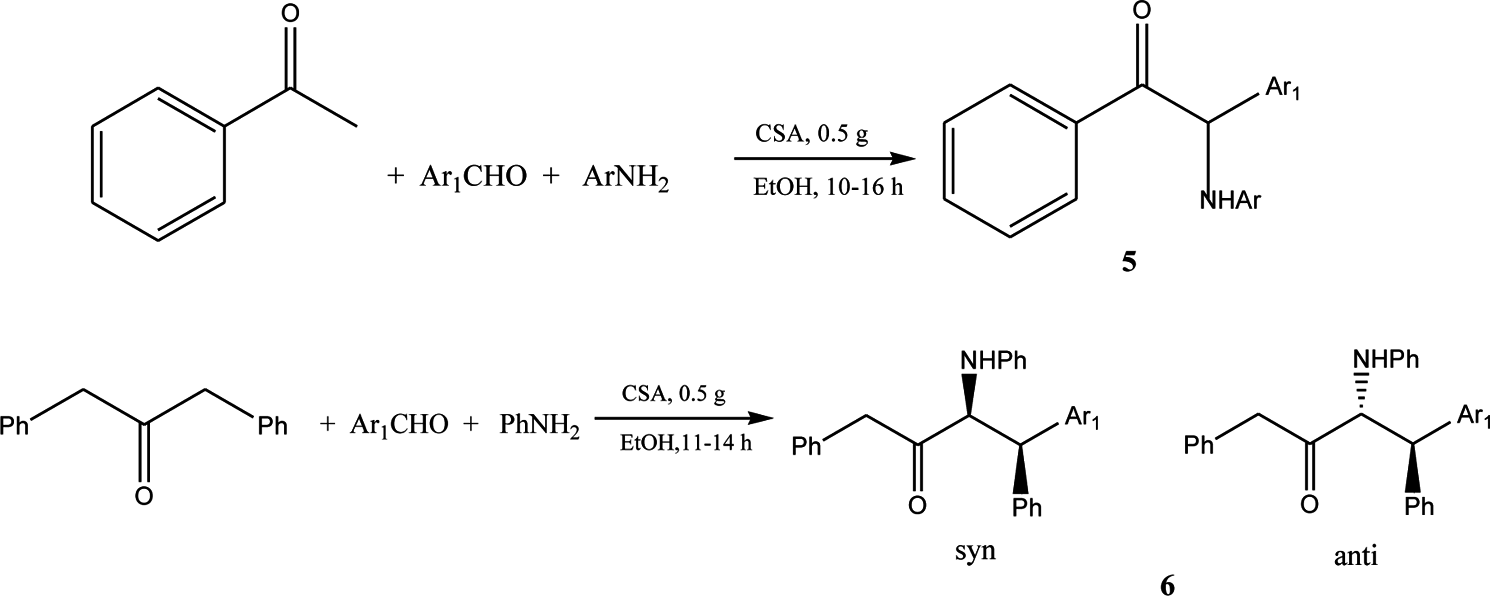
Mannich-type reaction of aromatic aldehydes, anilines with acetophenone, and 1,3-diphenylpropan-2-one.

Mannich-type reaction of aromatic aldehydes, anilines, and acetophenone or 1,3-diphenylpropan-2-one in EtOH
CAS number: 102-54-5
Ferrocene appears as orange crystalline solid or orange-yellow powder. Ferrocene since its inception in the year 1951, has been extensively exploited as a crucial redox probe to unravel electrochemical charge-transfer dynamics in a variety of platforms ranging from solution-based systems and molecular thin-films to solid-state molecular electronics and spintronic devices.

In 2001, we had introduced the design shown in Scheme 1 for a ferrocene-based molecular diode in which rectification of electron transport through a molecular framework might be mediated by an applied gate voltage.
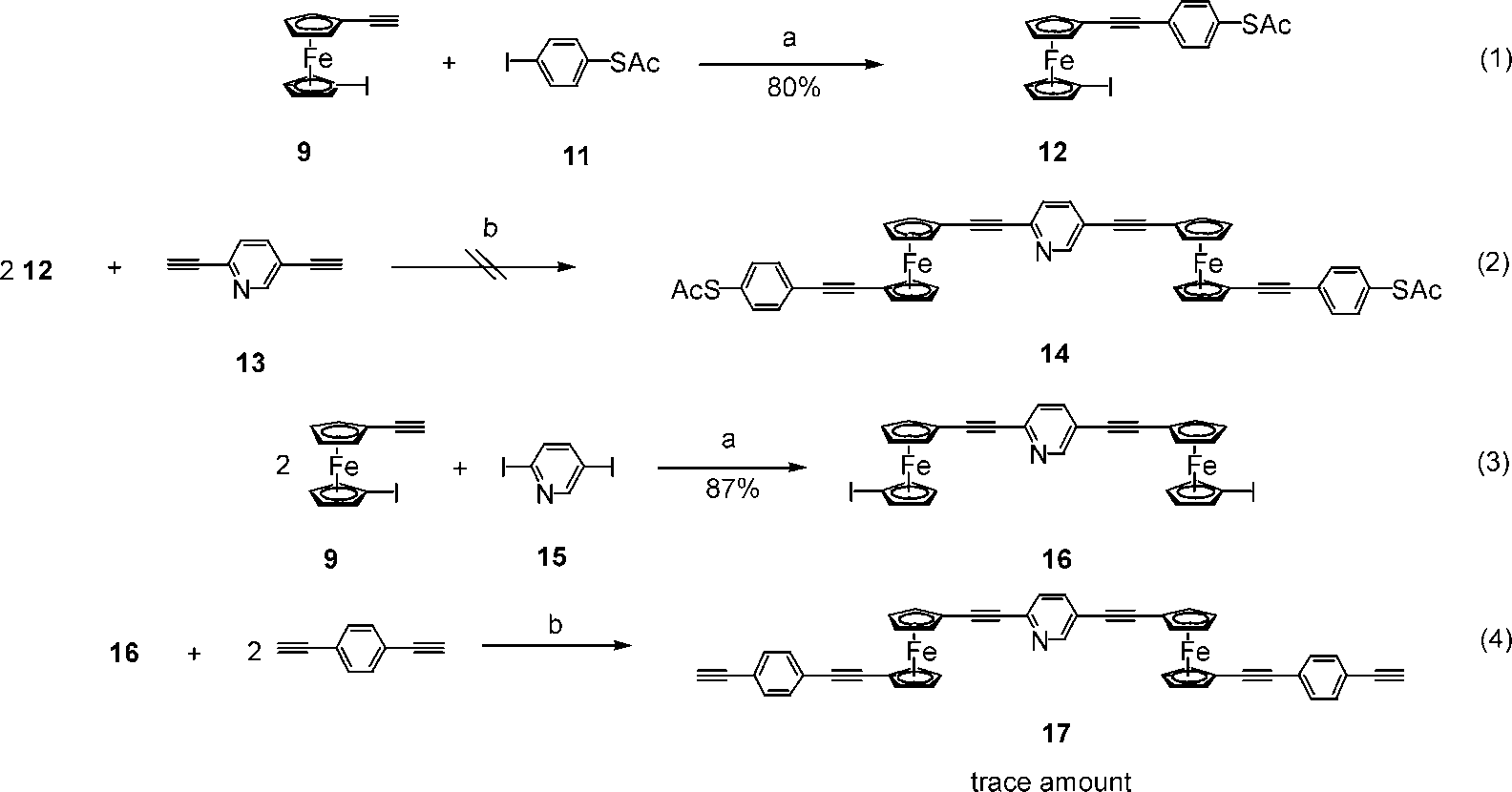
Using S-acetyl-4-iodothiophenol (11), ferrocene 12 could be prepared in high yield according to eq 1 of Scheme 4.
CAS number: 102-96-5
Beta-nitrostyrene appears as yellow prisms (from ethanol) or yellow crystalline solid.

(S,aR)-1-catalyzed asymmetric Michael addition of acetone to β-nitrostyrene.
CAS number: 1020-31-1
3,5-Di-tert-butylcatechol, also known as 3,5-DTBC, is a substituted catechol, meaning it's a benzene ring with two hydroxyl groups (-OH) and two tert-butyl groups (C(CH3)3) attached. It's a crystalline powder, often used as a polymerization inhibitor and stabilizer for monomers like styrene and butadiene.

Oxidation of the 3,5-di-tert-butylcatechol by the catalyst.

Dependence of the reaction rates on pH for the oxidation of 3,5-di-tert-butyl-catechol (3,5-DTBC) catalyzed by 1.
CAS number: 1025065-69-3
PIM Kinase Inhibitor SGI-1776 is a small-molecule pan-PIM protein kinase inhibitor with potential antineoplastic activity. PIM kinase inhibitor SGI-1776 binds to and inhibits the activities of PIM-1, -2 and -3 serine/threonine kinases, which may result in the interruption of the G1/S phase cell cycle transition, the expression of pro-apoptotic Bcl2 proteins and tumor cell apoptosis. PIM kinases play key roles in cell cycle progression and apoptosis inhibition and may be overexpressed in various malignancies.
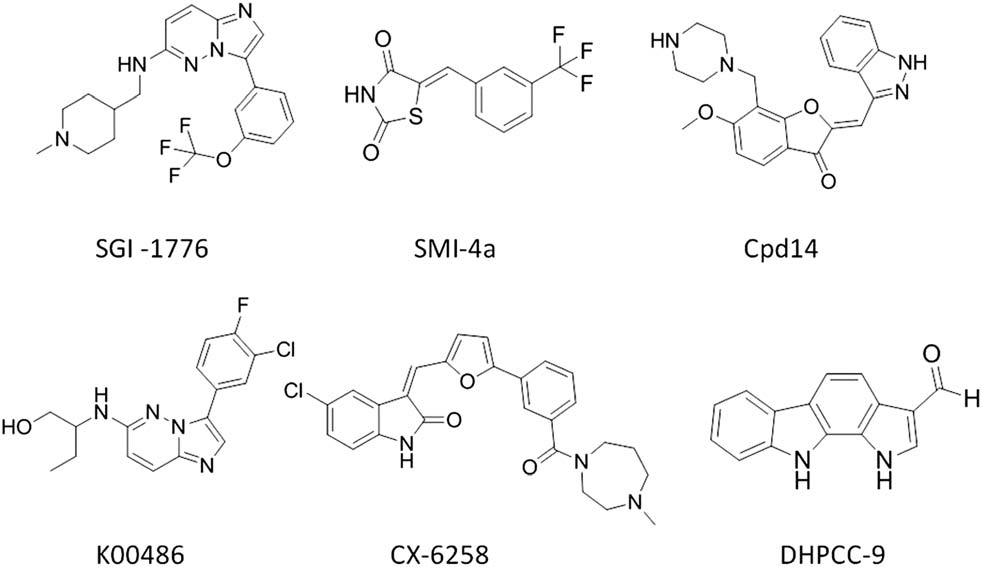
Small molecule inhibitors targeting Pim family kinases: SGI-1776, SMI-4a, K00486, CX-6258, DHPCC-9
CAS number: 102518-79-6
Huperzine A, is a naturally occurring sesquiterpene alkaloid found in the extracts of the firmoss Huperzia serrata. The botanical has been used in China for centuries for the treatment of swelling, fever and blood disorders. Recently in clinical trials in China, it has demonstrated neuroprotective effects. It is currently being investigated as a possible treatment for diseases characterized by neurodegeneration – particularly Alzheimer’s disease.

2D binding modes of native ligand huperzine A (HUP) and compound 10 in the active site of AChE (PDB ID: 4EY5), respectively.
CAS number: 1028486-01-2
Alisertib is a novel aurora A kinase inhibitor under investigation for the treatment of various forms of cancer.
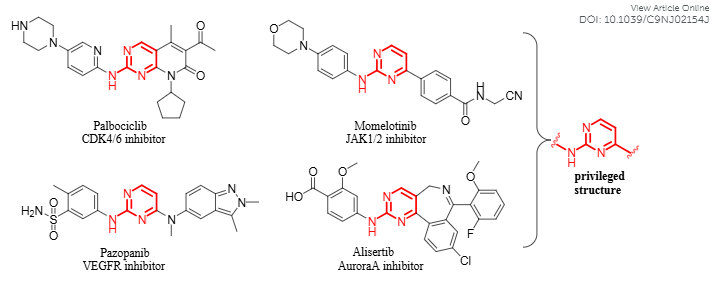
Structures of representative kinase inhibitors containing aminopyrimidine nuclei: Palbociclib, Momelotinib, Pazopanib, Alisertib
CAS number: 103-30-0
Stilbene is an olefinic compound and a member of benzenes.

Synthesis of model compound 7a by photolysis of the (E/Z)-stilbene 6.

Mechanistic rationale for the photochemical transformation of stilbene 12a to the linear tetramer 14a.
CAS number: 103-84-4
Acetanilide is a white to gray solid.
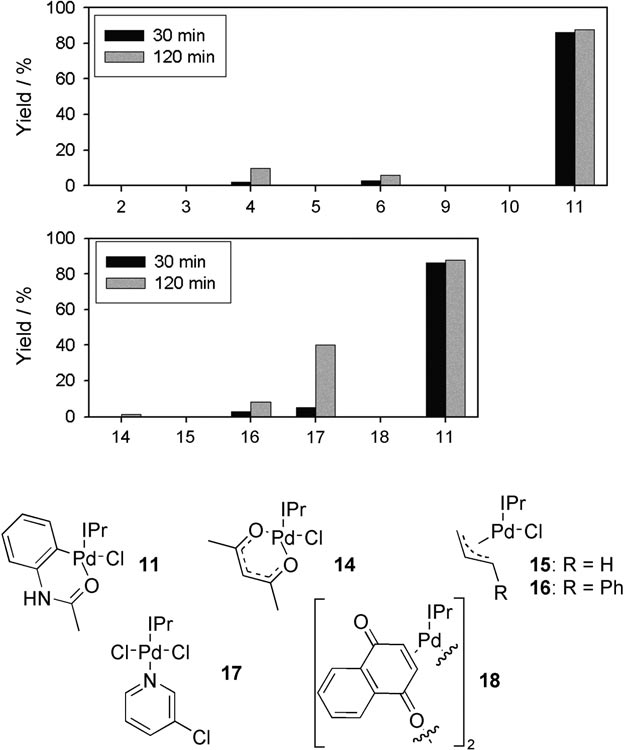
The catalytic activity of the NHC-palladium cyclohexane library was evaluated (top) and compared with that of the IPr-palladium cyclohexane acetanilide complex 11 and a commonly used commercially available IPr-Pd precatalyst (bottom) in a model reaction (Scheme 2).
CAS number: 1030377-33-3
Suvorexant is a DEA Schedule IV controlled substance. Substances in the DEA Schedule IV have a low potential for abuse relative to substances in Schedule III. It is a Depressants substance.

DORAs studied to date in clinical trials.